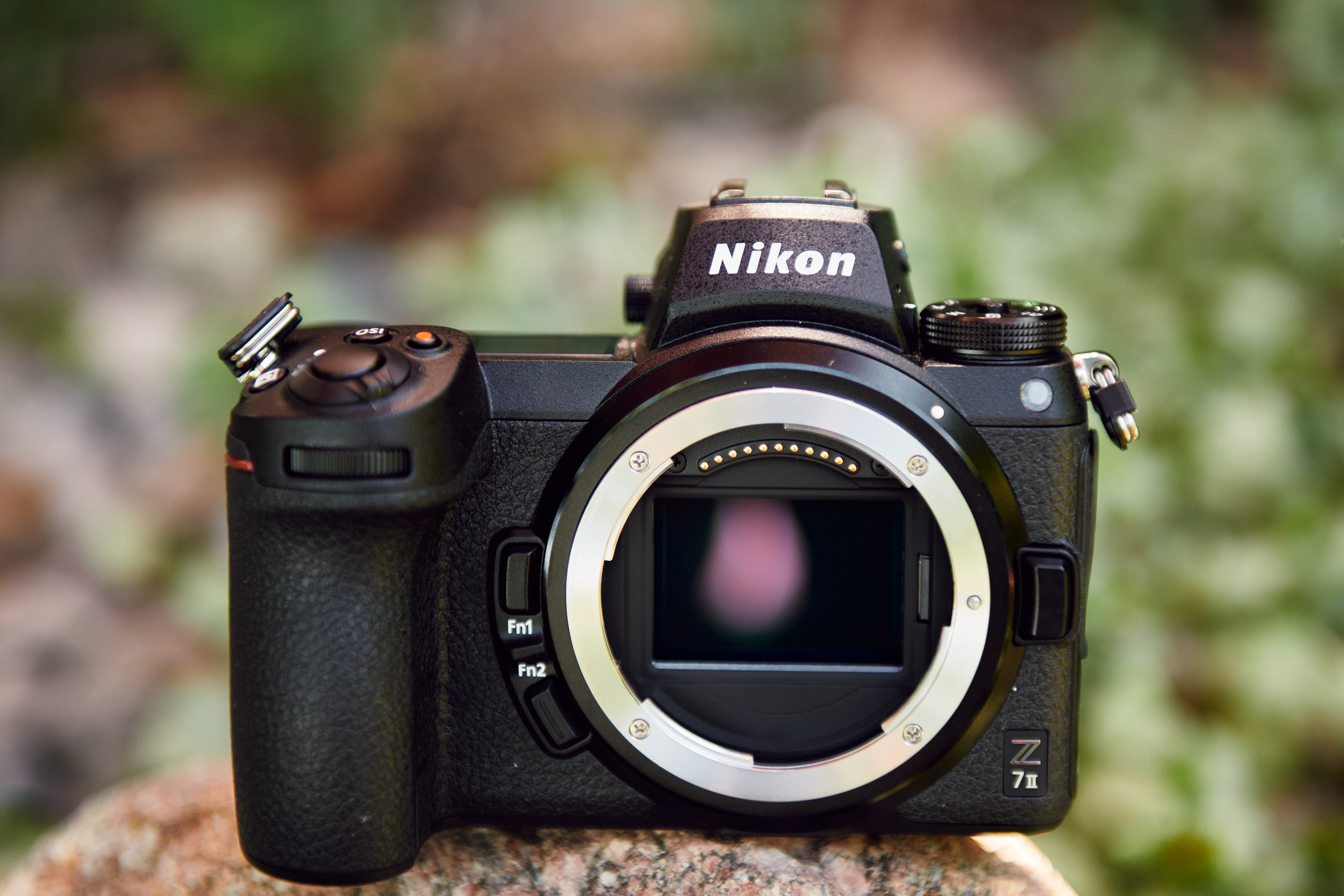For more stories like this, please subscribe to The Phoblographer.
I have been a Nikonian photographer for more than a decade. Yet, after trying the company’s first full-frame mirrorless, I chose to stick with a DSLR. I simply didn’t have the confidence in the Z7 and Z6 autofocus system and lack of ability to record to two cards at once. That’s exactly what Nikon focused on in the second generation, however. The Nikon Z7 II keeps much of the first generation intact but steps up the autofocus, adds a second card slot, and moves to dual processors. Then, there’s also the price bump of a few hundred bucks.
So, has Nikon earned my trust back with the Nikon Z7 II? I didn’t fall in love instantly like I had hoped, but gradually, the Z7 II earned my confidence. The Z7 II isn’t perfect, and it doesn’t outperform the competition. But, it’s a camera many photographers could still manage to fall in love with, especially paired with a Z system lens.
Table of Contents
Too Long, Didn’t Read
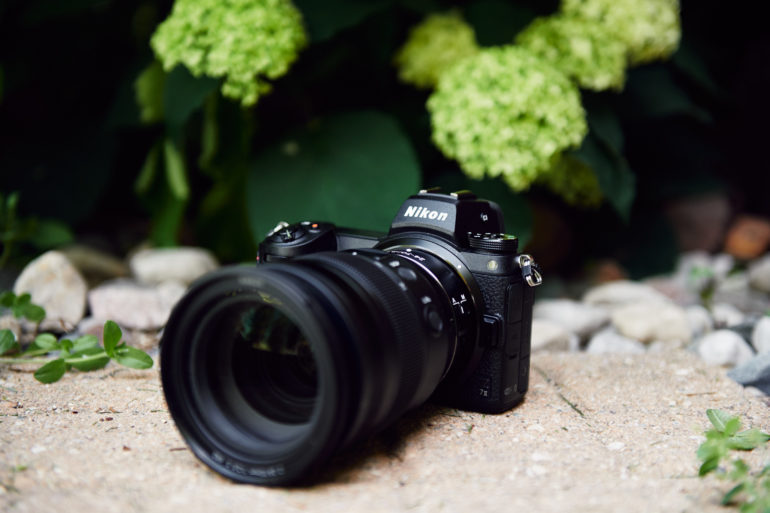
The Nikon Z7 II corrects much of what disappointed me in the first version, including a much better autofocus system and dual card slots. The Z7 II is beautiful inside and out: it takes beautiful pictures, and it’s also beautifully designed. But, while finally competitive, there are a few annoyances to contend with.
Pros and Cons
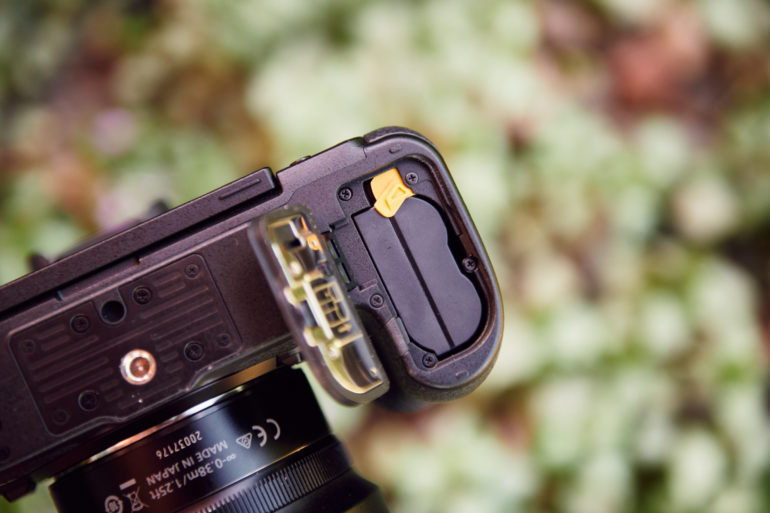
Pros
- A much-improved autofocus system
- Durable magnesium alloy build with weather-sealing
- Image quality is great, especially with native Z lenses
- In-body image stabilization
- Dual card slots with XQD/CF Express and SD
Cons
- While improved, the autofocus isn’t as good as Canon’s R series
- Eyepiece rubber sometimes blocks the eye sensor
- Viewfinder blacks out
Gear Used
I used the Nikon Z7 II with the Z 50mm f1.2 S, the Z 70-200mm f2.8 VR S, and the Z 24-200mm f4-6.3 VR. I used the Wandrd Sling strap, as well as the Wandrd PRVKE II and Lowepro Flipside backpacks.
Innovations
The Nikon Z7 II is more about fixing complaints about the first generation than crazy innovation. It adds the dual card slots, improves autofocus performance, and upgrades video to 4K at 60 fps (93 percent crop). The biggest change is the move up from a single processor to two, which improves performance.
Tech Specs
These Nikon Z7 II tech specs are a shortened version of the full specifications available from Nikon USA:
- Sensor: 45.7-megapixel full-frame CMOS
- RAW: 12 or 14 bit
- Two card slots with XQD/CF Express, SD
- EVF: .5 inch, 3690k dot
- 3.2 inch 2,100K dot touchscreen with tilt
- Shutter: 30 sec. to 1/8000, Flash sync up to 1/200
- 10 fps burst
- ISO: 64-25,600 (32-102,400 extended)
- AF: Hybrid phase-detection/contrast with AF assist beam, -3 to +19 detection range, 493 focus points
- 5-axis sensor-shift stabilization
- Video: 4K at 60 fps (93 percent crop of the sensor), up to 29 minutes 59 second recording time
- Wi-Fi and Bluetooth
- Li-ion battery rated at 360 to 440 depending on settings
- Weighs 21.7 ounces
- 5.3 x 4 x 2.8 inches
Ergonomics
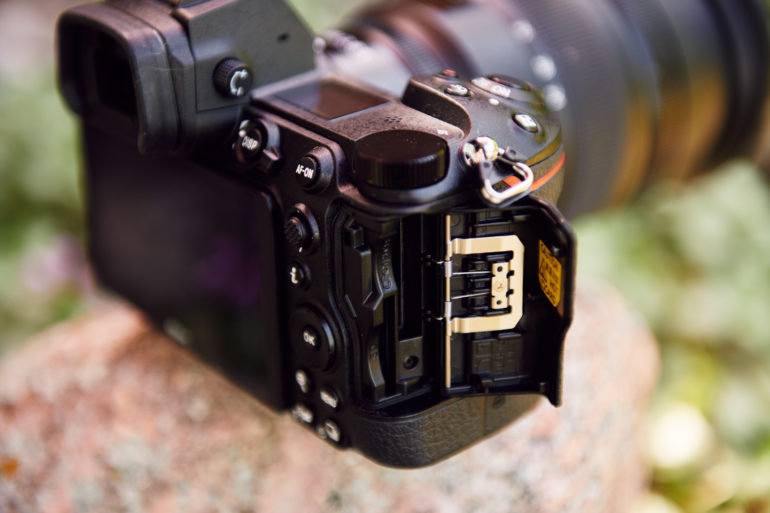
Little has changed on the exterior of the second-generation Z7. Save for the little “II” in the corner on the camera name, it would be difficult to tell the two apart at a glance. The biggest exception? The second generation has both the XQD or CF Express slot and an SD slot. That’s a must-have for working professionals who need to back up their images in the field.
The Z7 II weighs 21.7 ounces, which is significantly lighter than the Nikon D850. It’s also more compact, yet the grip is almost the same size, so it doesn’t have the uncomfortable hold of a compact camera.
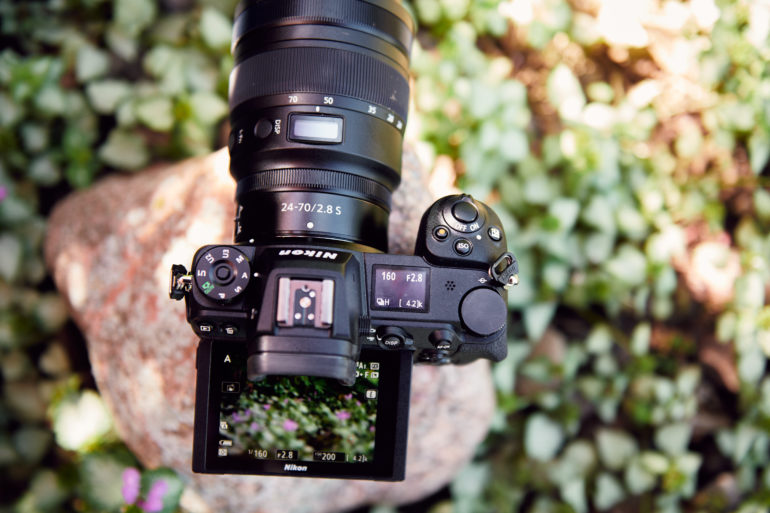
A long-time Nikon DSLR user, the control scheme on the Z7 II feels like home. The top houses an LCD screen. Dual control wheels flank the shutter, on/off, record, ISO, and exposure compensation on the right-hand side. A large bump in the middle houses the electronic viewfinder, and the mode dial sits to the left of that. The back has a joystick and menu controls, AF-ON, display shortcuts, and quick access to burst mode. The front has two custom Fn buttons that sit right around where the middle and ring finger rest after wrapping around a good-sized grip.
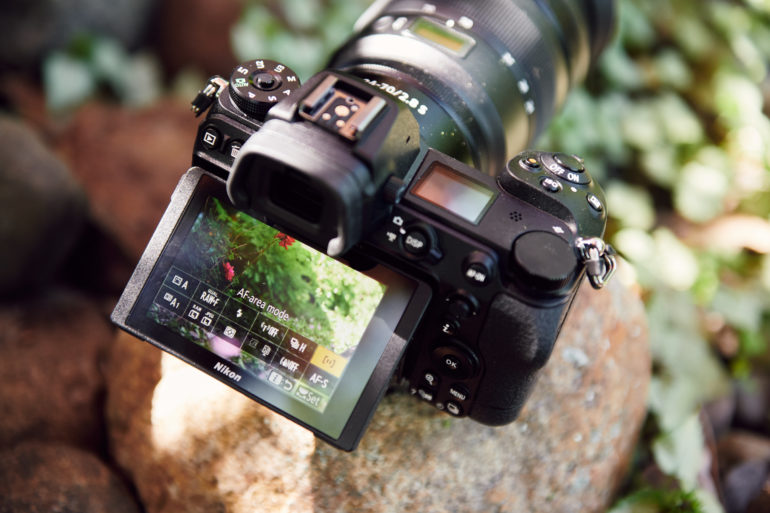
Both the electronic viewfinder and tilting LCD screen maintain the same specifications as the previous model. Both offer a good view of the shot. I would, however, love to see Nikon put in a viewfinder with no blackout. A few times during my review, I had to tug on the rubber eyepiece. It was getting in the way of the eye sensor, and when it did, the viewfinder stayed on even when pulled away from my face. Re-situating that rubber eyecap piece fixed the problem.
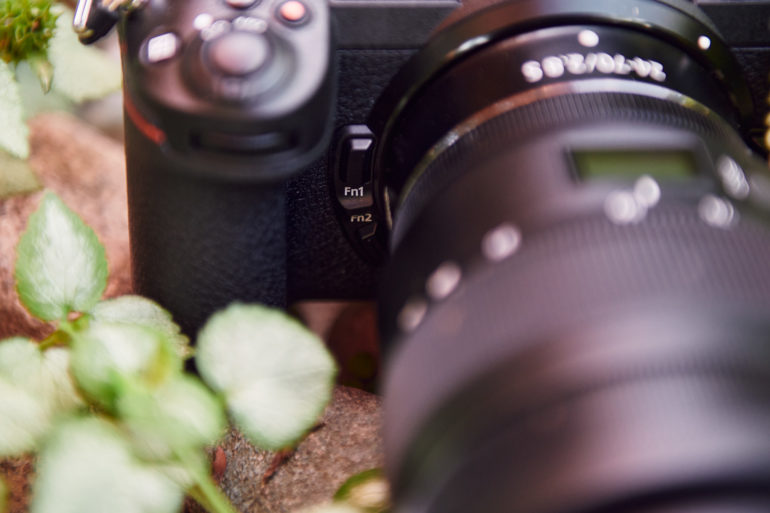
The grip feels pretty good in my hands. But, the ridge at the top is not nearly as deep as a DSLR’s. I originally thought that was the issue when I kept bumping my aperture setting out of place. Turns out, turning off the aperture ring on the lens corrected the issue, so I was blaming this on the wrong control. I still wish that dent out at the top of the grip was a little taller, keeping my hands in the right spot with less conscious effort. I had the same complaint about the Z6 II, which has an identical shape.
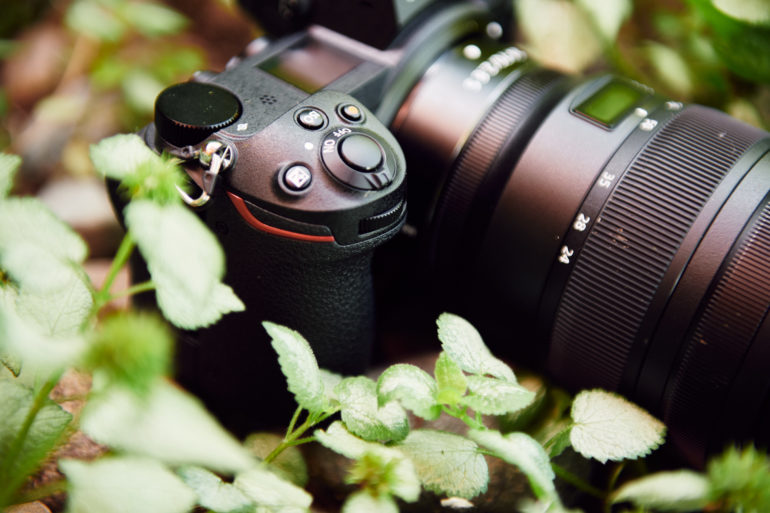
Build Quality
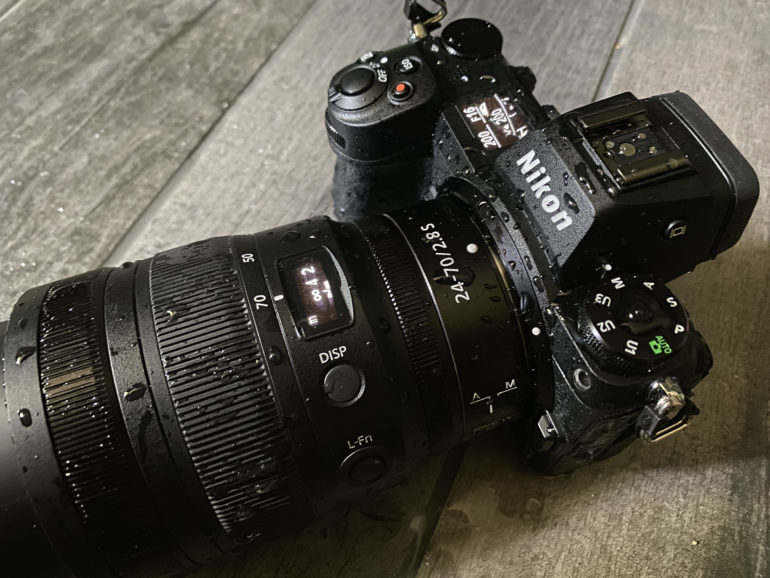
Constructed with magnesium alloy and heavily weather-sealed, the Z7 II has a great feel to it. I actually slightly prefer the feel of the exterior materials over the Sony a7 series, and prefer it significantly more than the Canon EOS R series. The Z7 II weathered some splashes at the end of a pool while I was shooting canine diving competition. I gave it a good dousing without any issues.
Autofocus
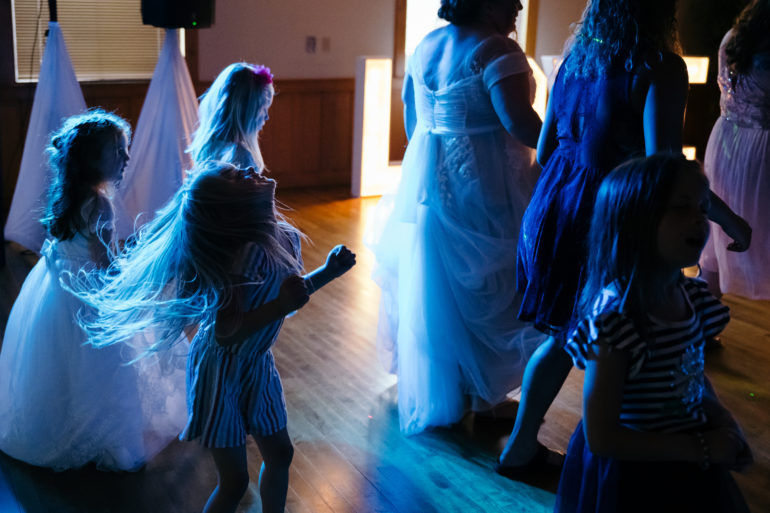
Autofocus was the biggest reason that I bought the D850 after the first Z7 came out. The autofocus in low light and for action just did not compare to the D850. Thankfully, that’s improved some in the second generation, partially via firmware updates. Though for the most demanding users, those changes may still not be quite enough. It will focus on action and in low light decently — it’s just not the best in class. I’d estimate it to be behind Canon and Sony, but ahead of Panasonic.
For low light, the Z7 II is ranked down to -3 EV (and -4 EV if you activate low light autofocus), which is finally the same low light range as the D850 in low light mode. The Z7 II has the AF assist beam built-in, while the company’s DSLRs can get a boost with the AF assist beam built into many hot shoe flashes. I shot the dance floor at a wedding, backlit by DJ lights, and had only about 10 to 15 percent of my shots out of focus. This was with Low Light AF off since this setting improves accuracy but reduces speed. I find that the best low light AF comes from turning the exposure preview in the viewfinder off and adjusting my grip so that my left hand is underneath the lens. The AF assist beam is on the left and can be occasionally blocked by the left hand.
I tested the autofocus again after installing firmware. Update 1.31 focuses (pun intended) on the single point AF mode in low light. The April 2022 update for version 1.4 adds more focus stability in the auto area AF mode by placing more priority on subjects in the center when a face is not detected.
For the AF system, the two latest firmware updates take baby steps forward; it’s not a huge change. But, while using single point AF, I was able to focus with the exposure set at -4 and even -5 EV when I placed the AF point on something with contrast. In low light, the Z7 II will indeed lock focus, it just doesn’t lock on as fast as some competitors. The Z7 II still takes a bit longer to focus when moving from vastly different focus points — the Canon R3 was a bit faster to focus on the same subject, for example.
I’m finally okay with the Z7 II’s autofocus system enough to recommend it for weddings with their dark dance floors and dimly lit venues. It’s comparable with the D850 for low light and the Sony a7R IV, which also lists a -3 EV in the specs. That said, The Z7 II still isn’t best-in-class when it comes to low light autofocus. The Canon EOS R5 can focus down to -EV 6 (though that’s with an f1.2 lens, and Nikon’s rating is with an f2 lens).
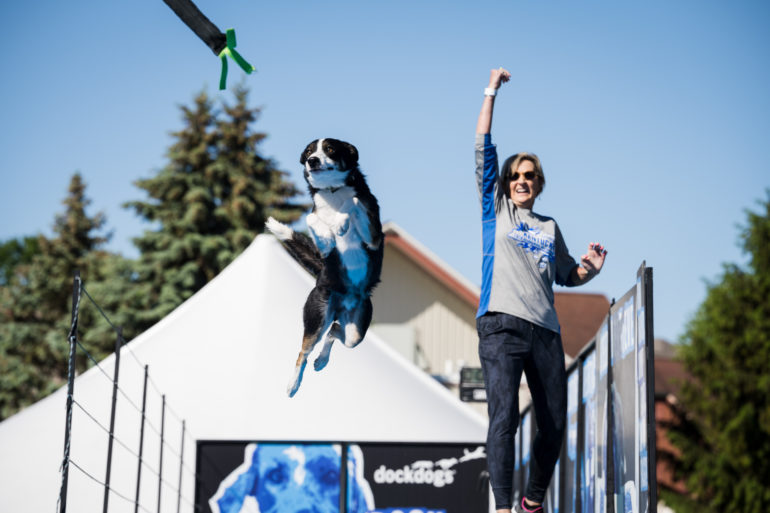
For the most demanding types of action — action heading straight towards the camera — the Z7 II did okay, but not the best. I shot a Dock Dogs competition where the pups jumped in the water to retrieve. I stood at the end of the pool so that the dogs were heading straight towards me. Disregarding any shots where water droplets understandably confused the autofocus system, around 15 percent of shots were soft. Those numbers improved only slightly when moving from Wide-Area AF with pet face priority to dynamic-area AF. That’s significantly better than I feel that I would have been able to capture with the first generation Z7 and not terrible at all. But, I thought I maybe could have had a few more shots in focus with my D850.
I’m also still not a fan of Nikon’s Z system tracking. It’s hidden inside the Auto Area AF mode, which is annoying. I rarely shoot in Auto Area AF because Auto Area offers no control on what part of the subject will be in focus or even which object is the subject. The tracking also still feels slow: you get better results with the dynamic area AF mode and moving the tracking point around manually.
Nikon has also finally let Eye AF and Face detection out of the auto area mode. It’s also available in the wide-area AF setting now. When photographing people, it worked pretty well in low light when they were stationary. Occasionally, it focused on the glasses instead of the eyes. As you’ll see in our photos later on of the adorable kittens, it also worked for them. It again worked much more reliably for stagnant subjects when it came to the pups but also managed some sharp shots with pets in motion. I captured a few more sharp shots with dogs in action using dynamic-area AF rather than the wide-area AF with face detection enabled.
Ease of Use
The Nikon Z7 II is the company’s current flagship mirrorless (until the Z9 debuts). As such, it’s not made for beginners, nor is it marketed towards beginners. While the number of controls may be a bit much for beginners, users of previous Nikon cameras, including DSLRs, will feel right at home with the Z7 II. The menu organization is the same. Short of finding a few relocated controls, using the Z7 II in one hand and the D850 in the other to shoot a wedding was near seamless. While it has a pro-level amount of controls, the Z7 II is easier to get started with than a pro-level DSLR because of the electronic viewfinder and the exposure and depth of preview it offers.
Metering
The metering system on the Z7 II was pretty accurate and consistent with how I shoot with my D850. Set for Sunny 16, the image was perfectly exposed at ISO 100 and 1/100th of a second.
Image Quality
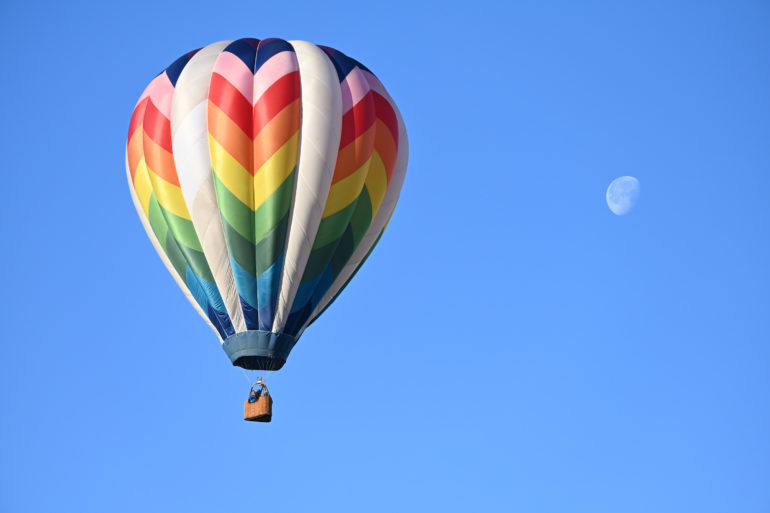
Like the first generation, I was impressed by the images coming from the 45.7-megapixel full-frame sensor. The dynamic range is good, with lots of wiggle room in the RAW files. With the high megapixel count, photos are incredibly detailed. The dual processors manage high ISOs pretty well.
Like the predecessor, the body itself is stabilized. With a wide-angle lens, I got sharp shots down to 1/6 of a second. That allows for using longer, heavier lenses and still getting a sharp result, as well as lowering the ISO when shooting stationary subjects in low light.
The Z7 II has colors that are similar to those from my D850. With the right lens, the colors are vibrant and punchy without being too overbearing. But, occasionally, colors skew a little green, particularly skin tones. Through firmware version 1.30, Nikon has added a Portrait Impression Balance function. This allows you to adjust the brightness as well as the green/magenta hues of skin tones in JPEG images. You can save three different settings this way. I do prefer the images adjusted slightly towards the magenta. But, it took some trial and error to find a setting that I liked. It’s not self-explanatory. I think the photographers that are going to look at the chart and know how to use it are the ones that are going to be shooting in RAW anyways. Unfortunately, it’s a non-feature for RAW photographers. But, it does offer some of the color adjustments that I would apply to RAW portraits to JPEGs in-camera.
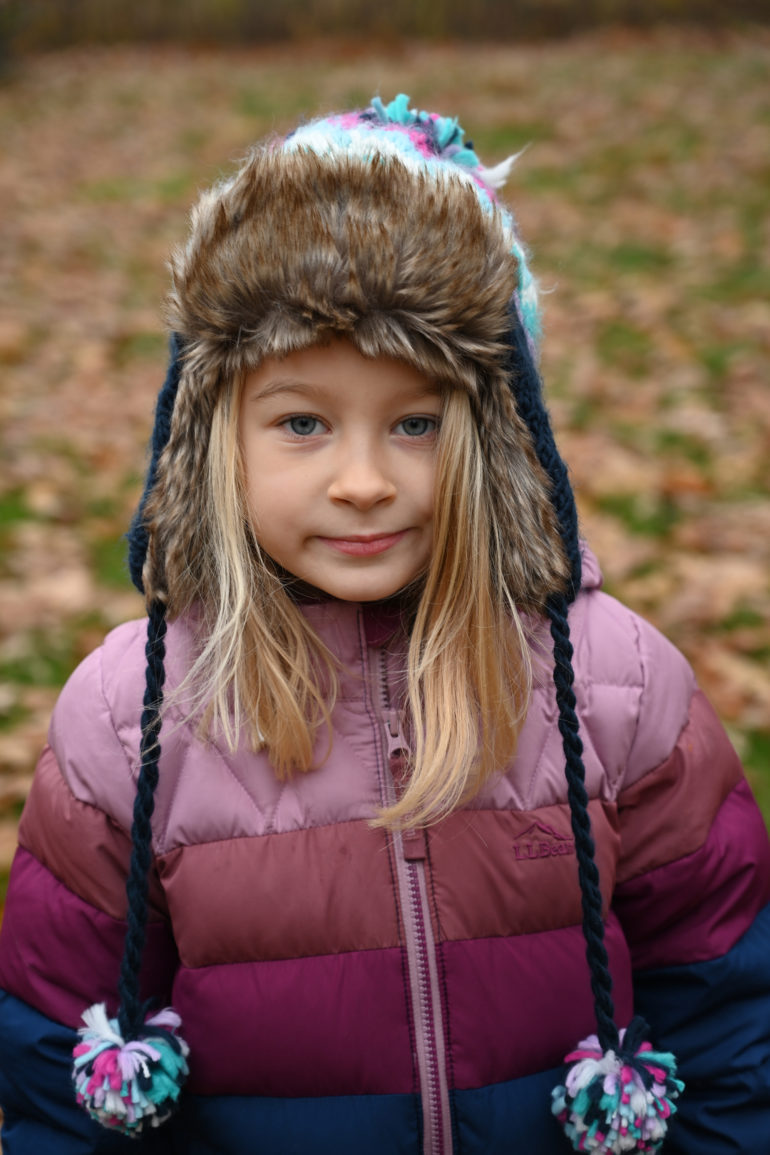
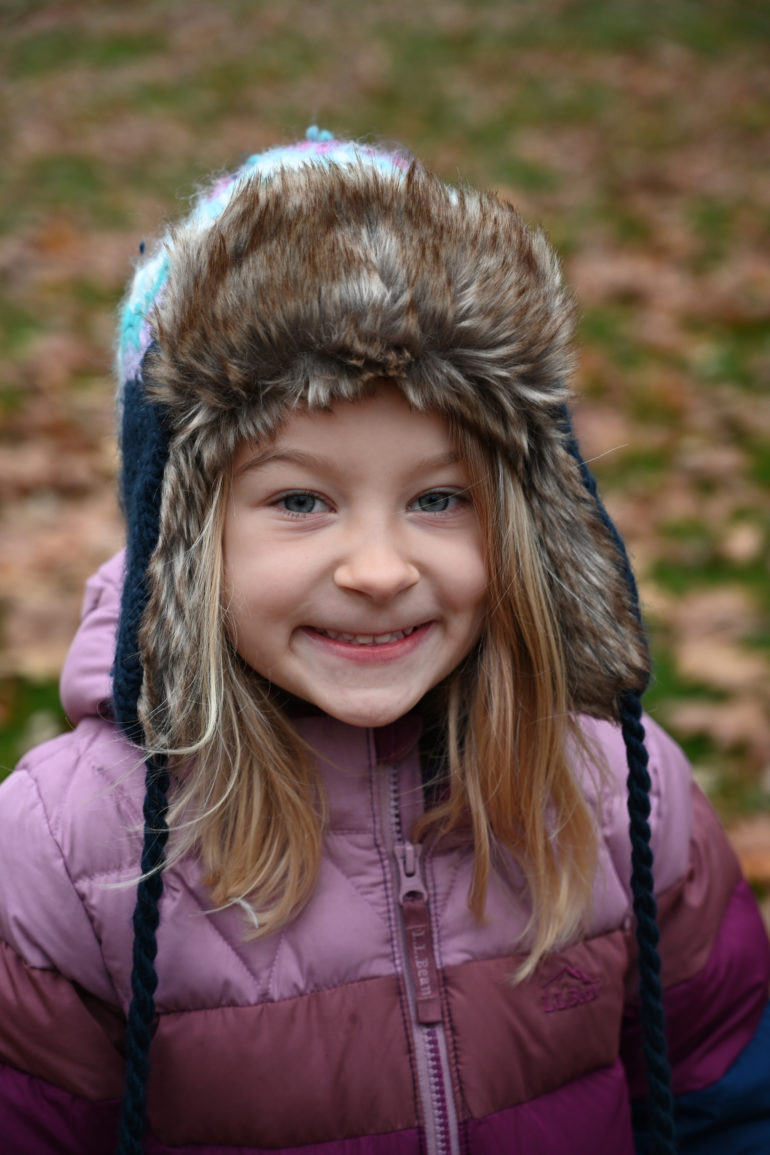
But, just like the first generation, my favorite part of the Z7 II is actually the lenses. Z lenses are sharper than the F mounts that I’ve used, even shooting wide open. Most have very little corner softness. With the high-resolution sensor, the Z7 II is a good match for Z mount lenses with the S designation.
High ISO Images
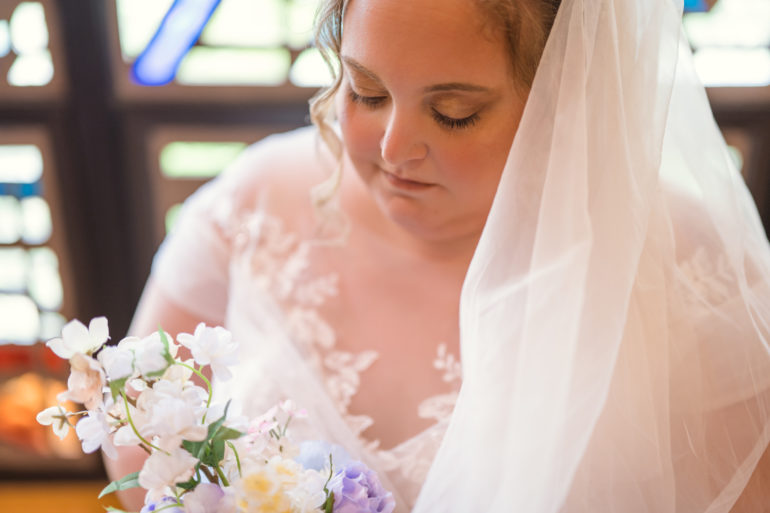
Considering the high megapixel count, the Nikon Z7 II performs quite well in low light. There’s some noise at ISO 1600, but all the way up through ISO 6400, the noise doesn’t interfere with sharpness. Even editing out some of that noise, photos were still acceptably sharp at ISO 6400 and then some. It wasn’t until ISO 12800 that I was really bothered by the softness from editing out so much noise. I pushed this to ISO 6400, shooting a dark dance floor, the same max setting I prefer to keep under on my D850, and still got decent results.
RAW File Versatility
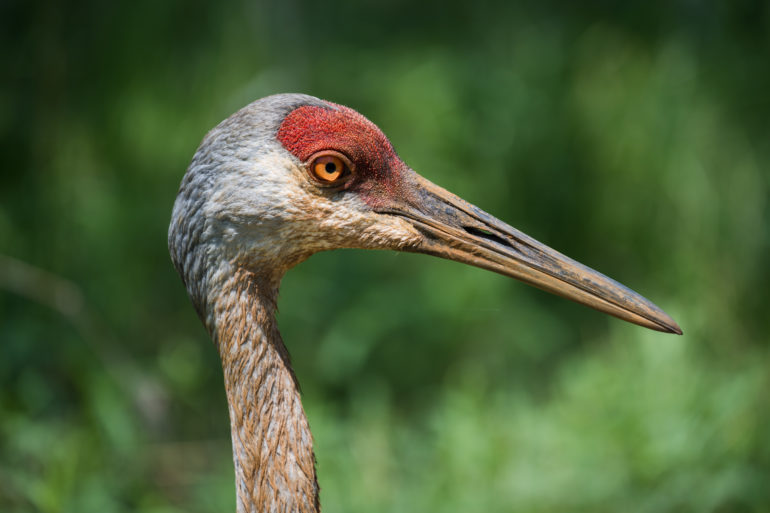
I could recover quite a bit of detail working with RAW files, particularly shots overexposed under two stops. A photo overexposed by two stops and brought back down in Lightroom started to show some color oddities. At +2.3 EV, the recovered photo experienced blotchiness in the highlights.
Extra Image Samples
From day one, The Phoblographer has been huge on transparency. Nothing from this review is sponsored. Further, lots of folks will post reviews and show lots of editing in the photos. The problem then becomes that anyone and everyone can do the same thing. It’s not showing what the lens can do. So we have a section in our Extra Image Samples area to show edited and unedited photos. From this, you can make a decision for yourself.
Edited

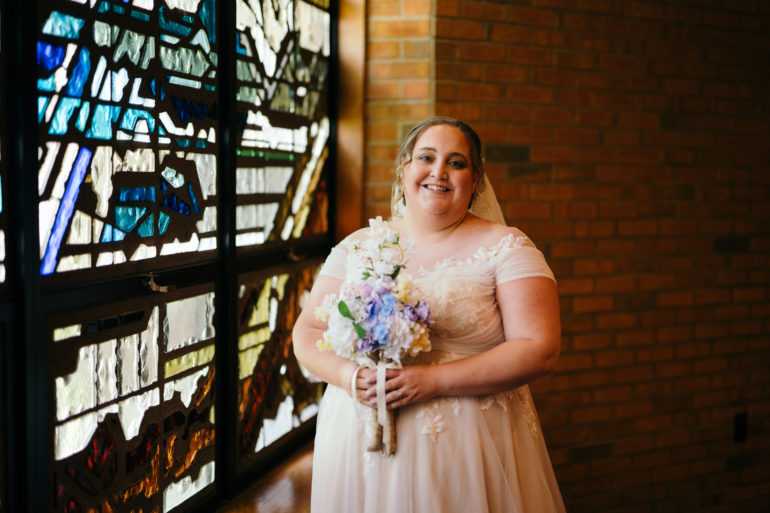
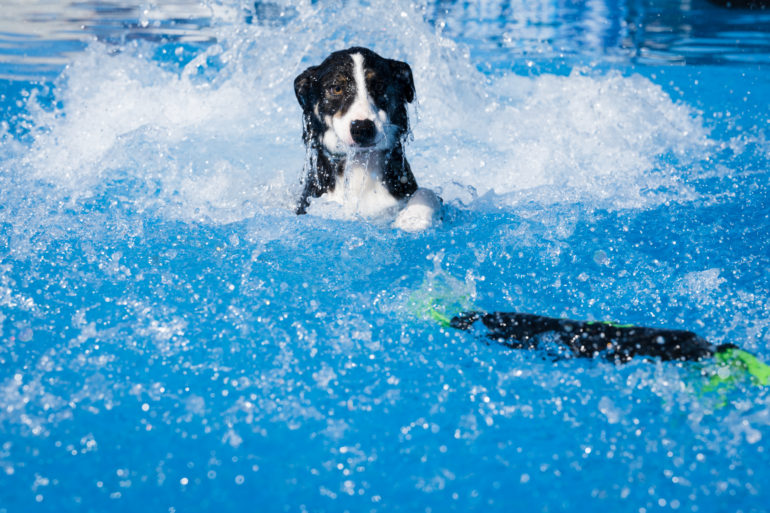
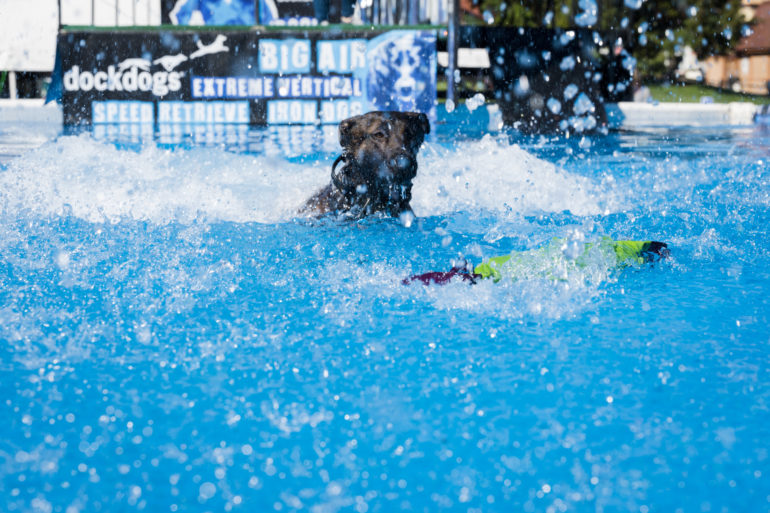
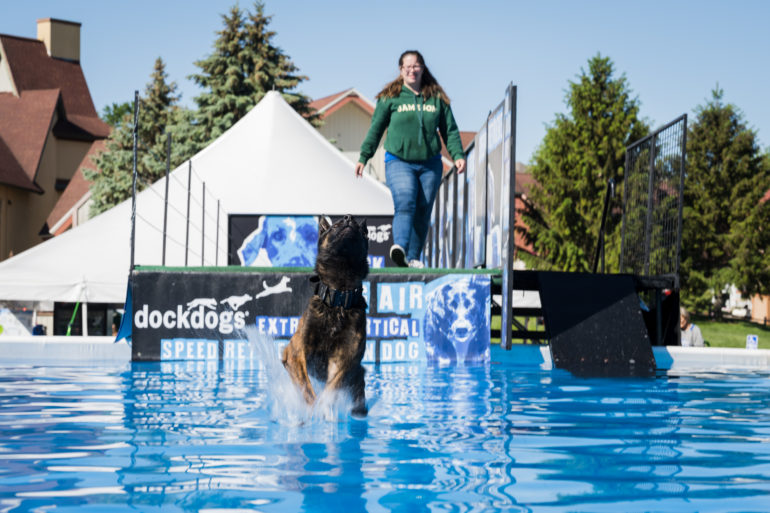

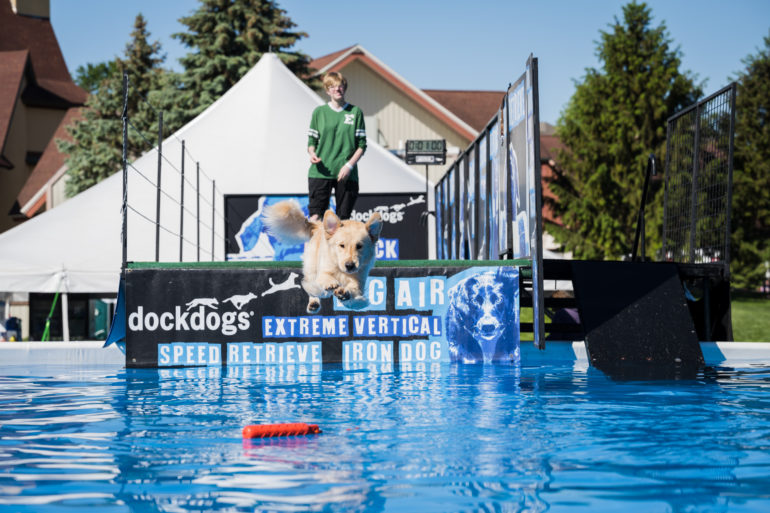
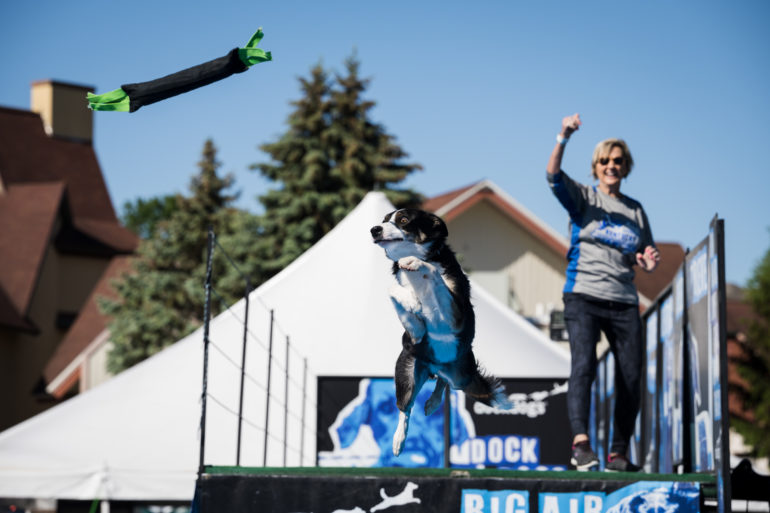
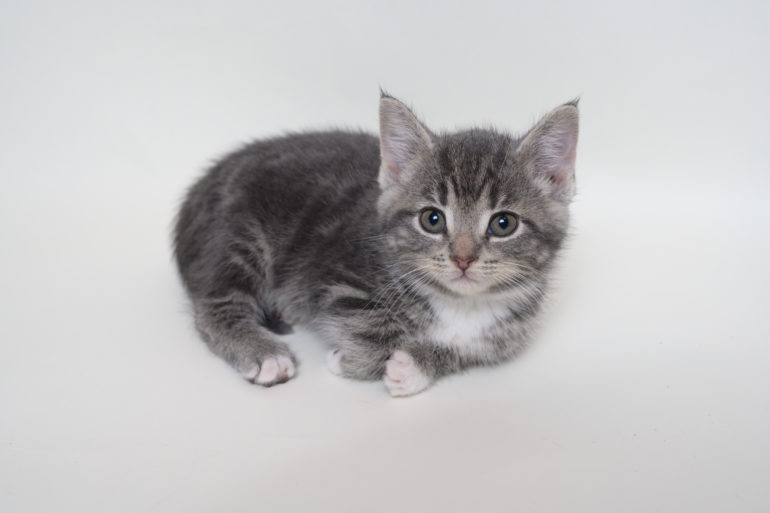
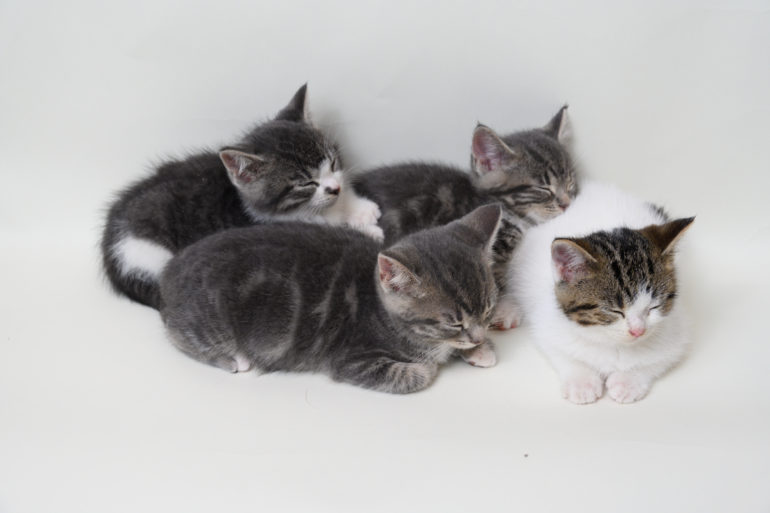
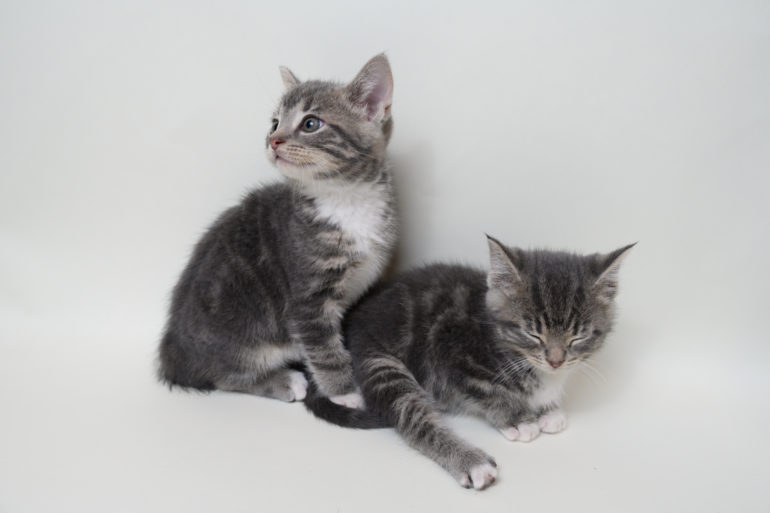
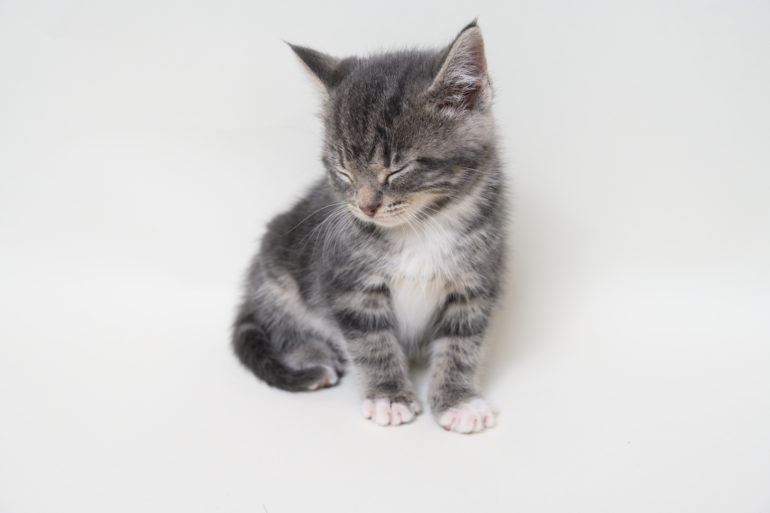
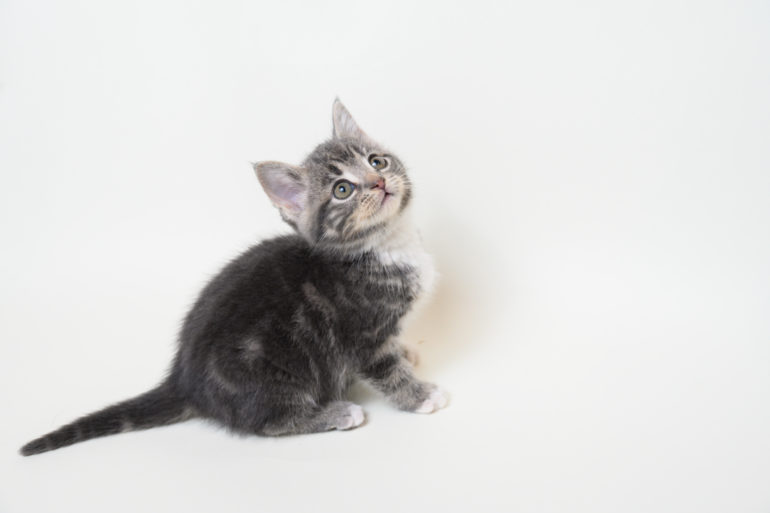
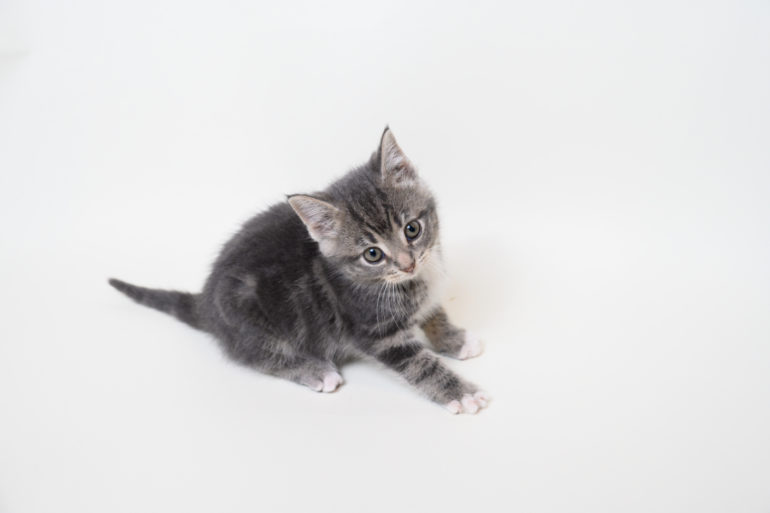

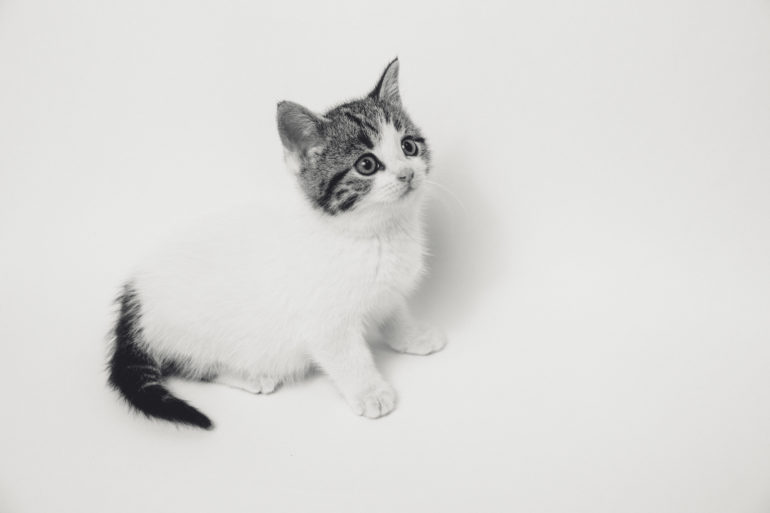
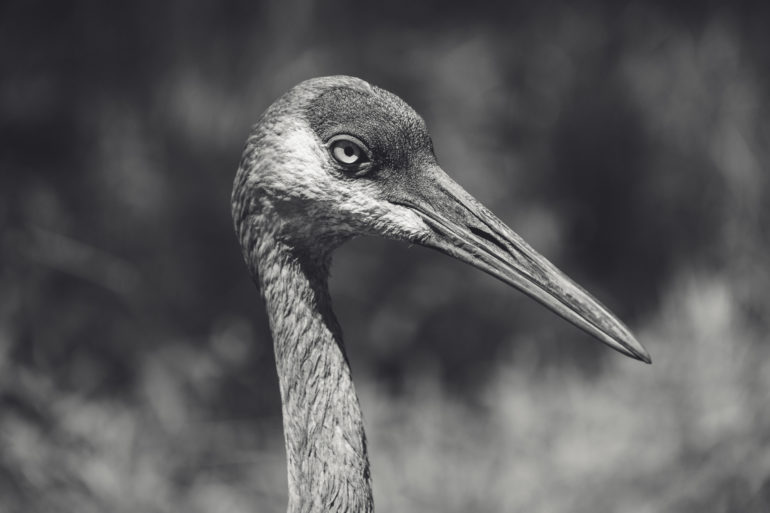
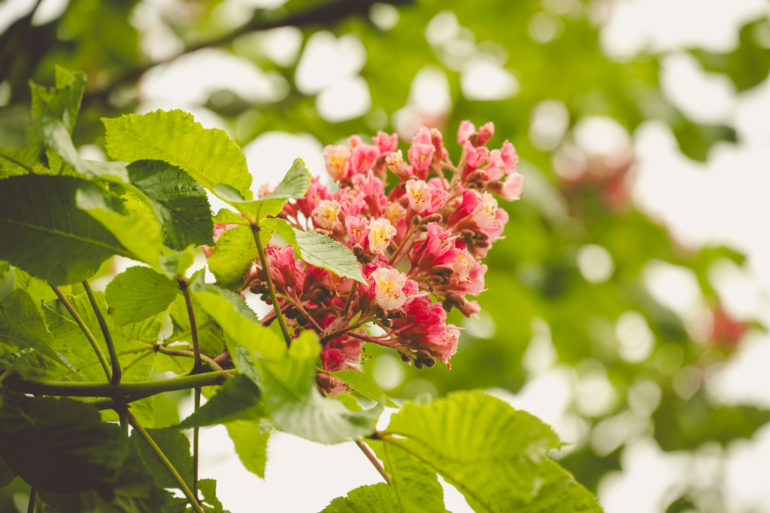
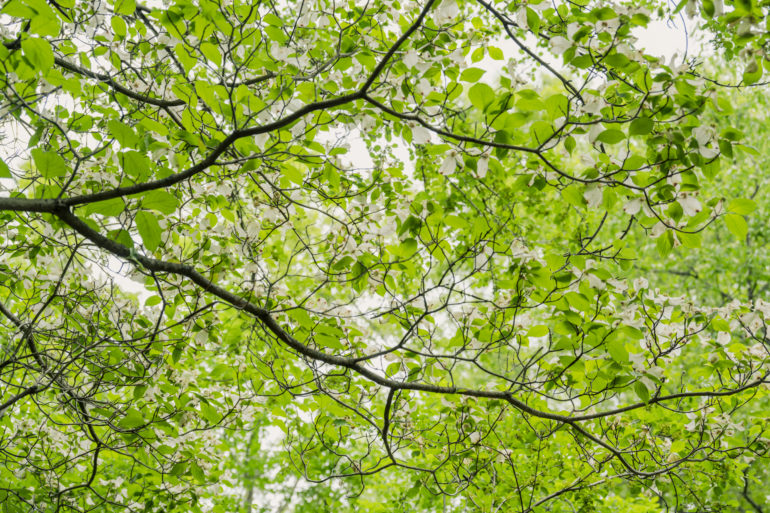
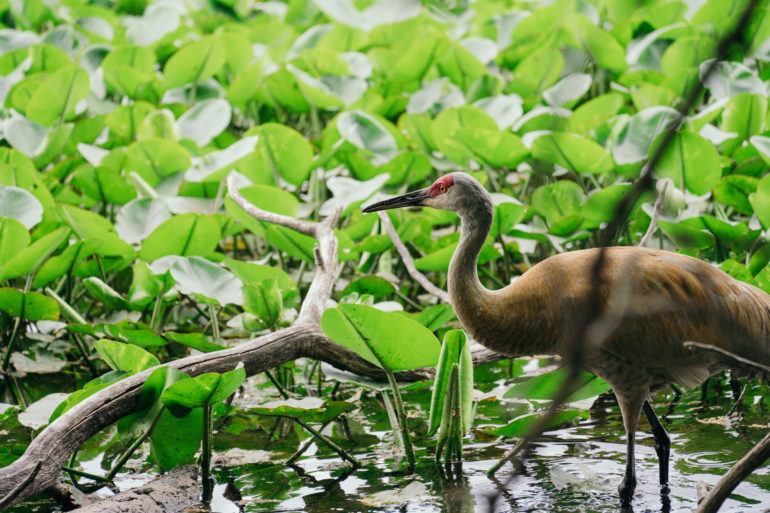
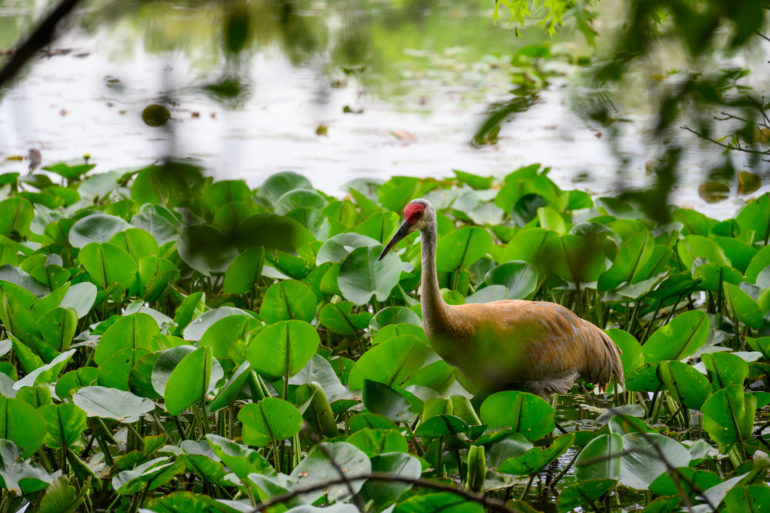
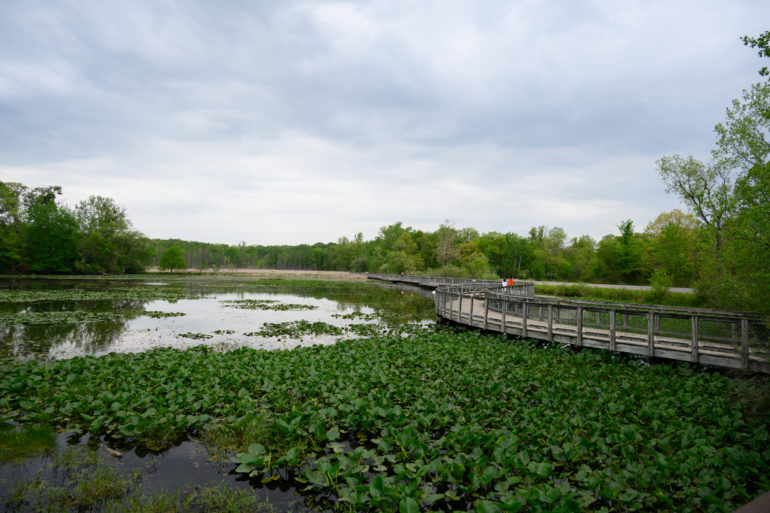
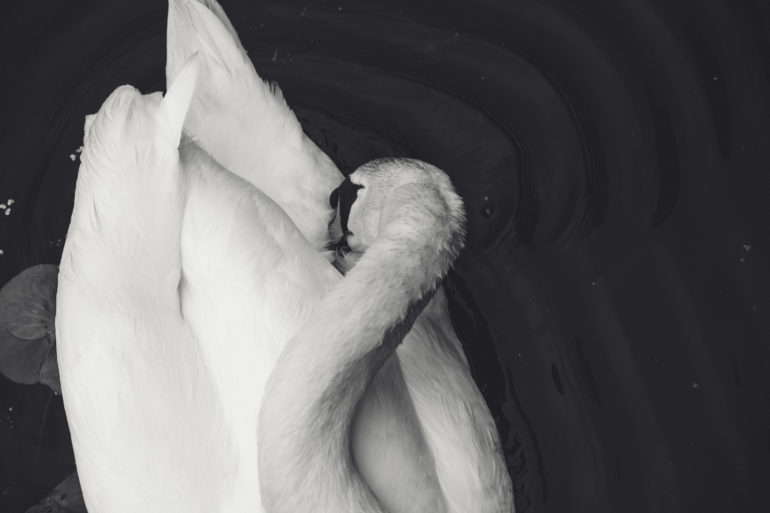
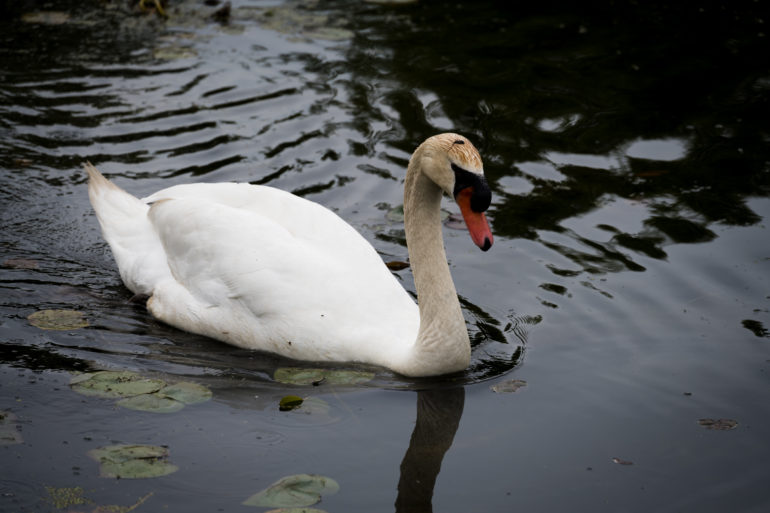
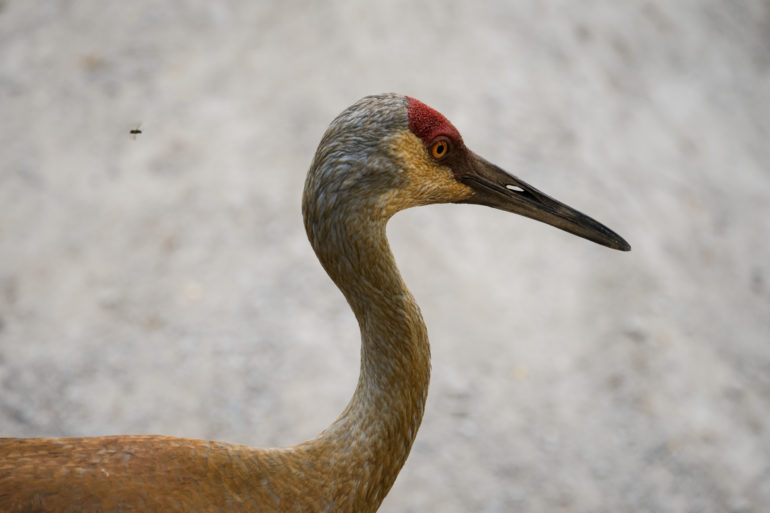

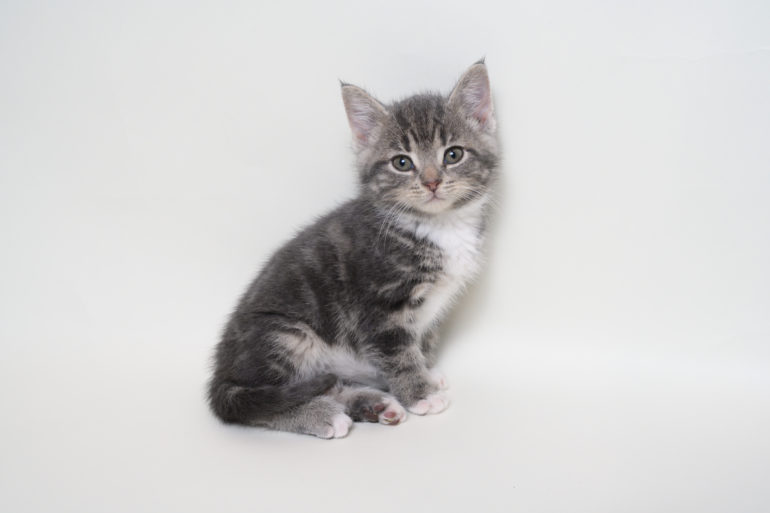
Unedited

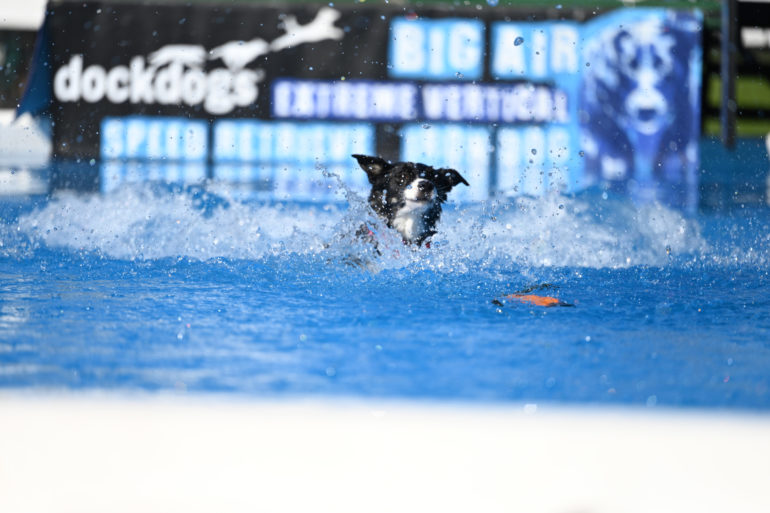
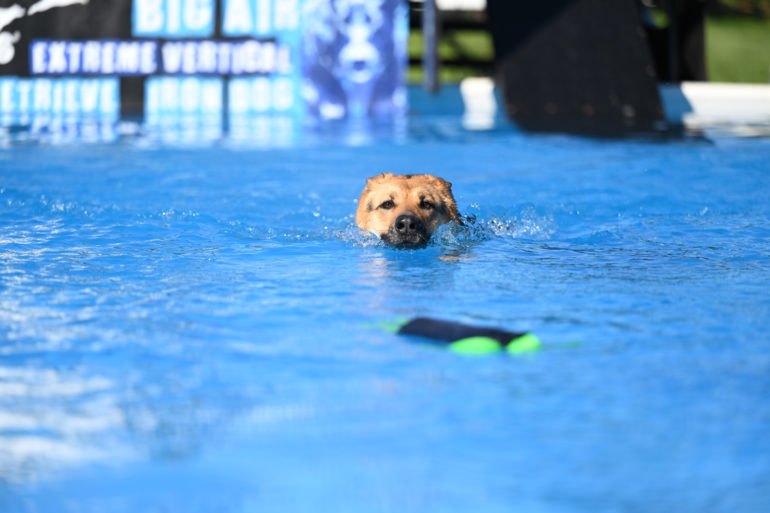
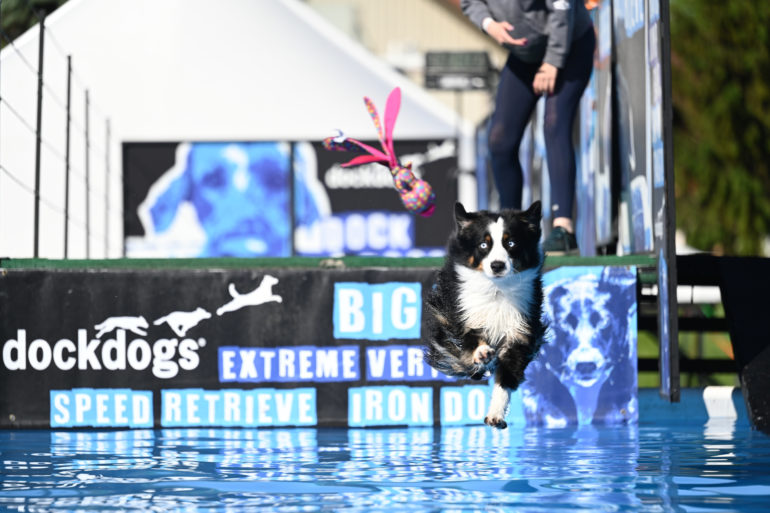
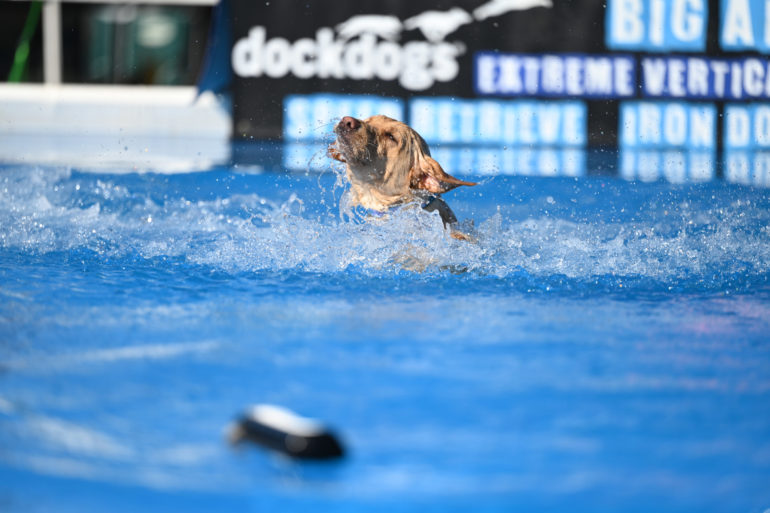
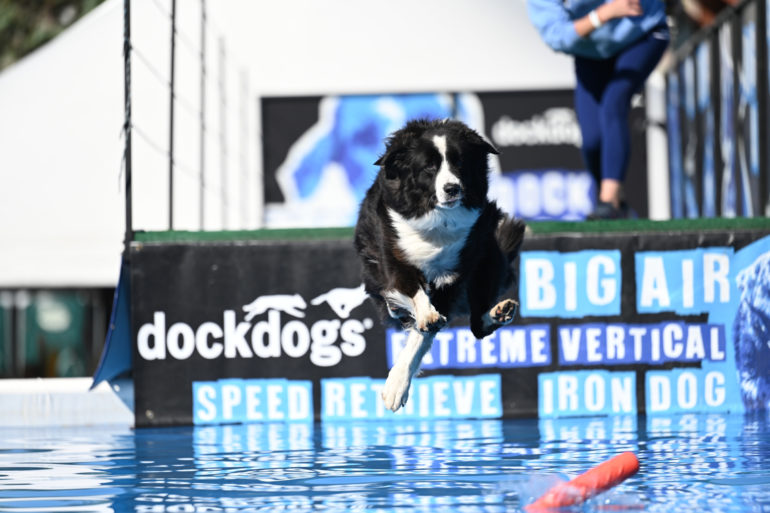
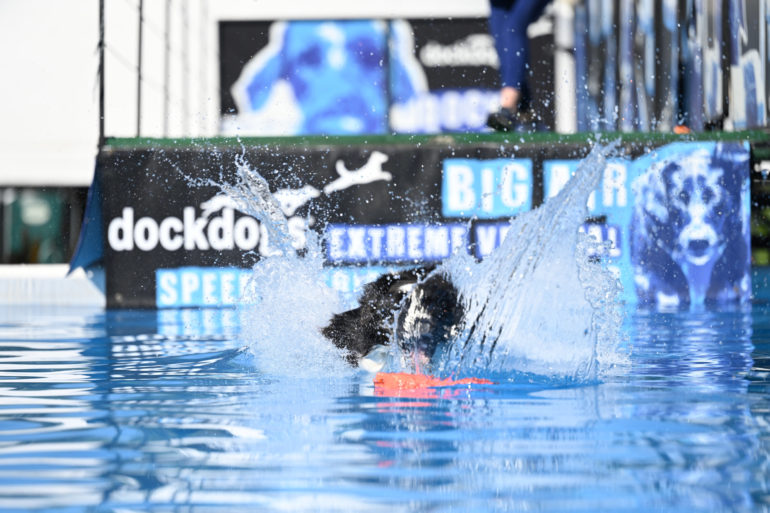
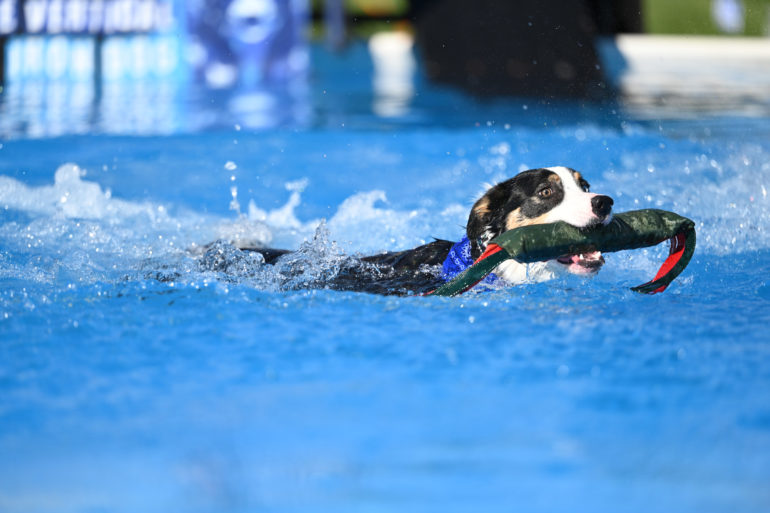
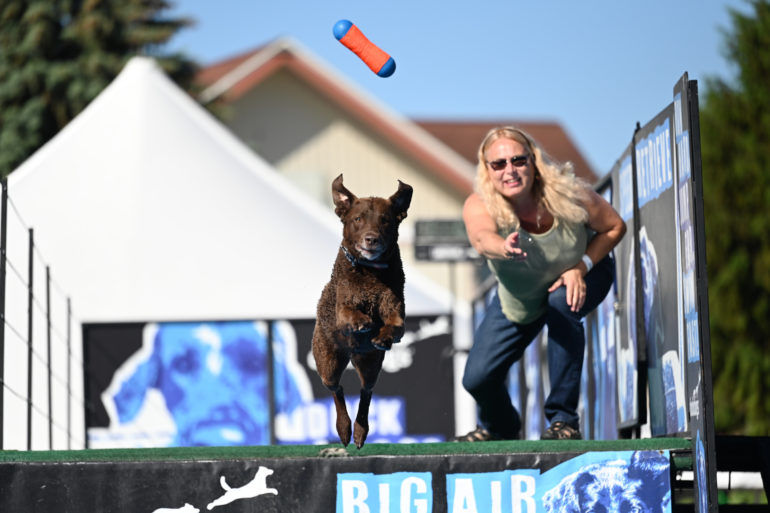
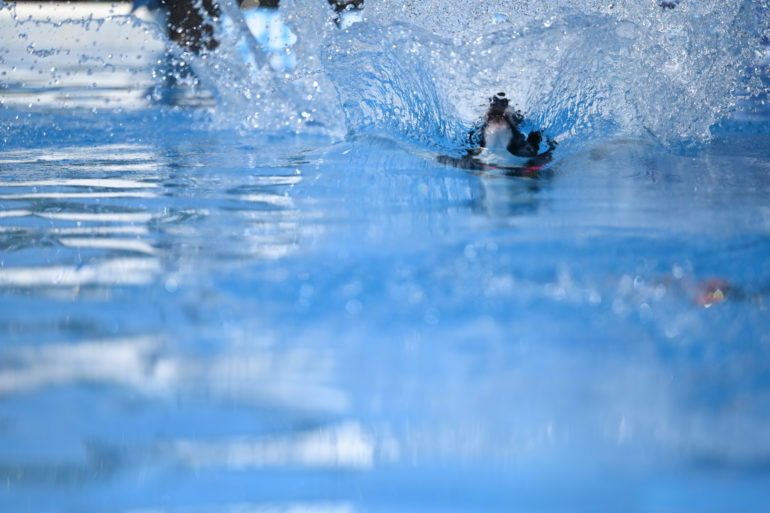
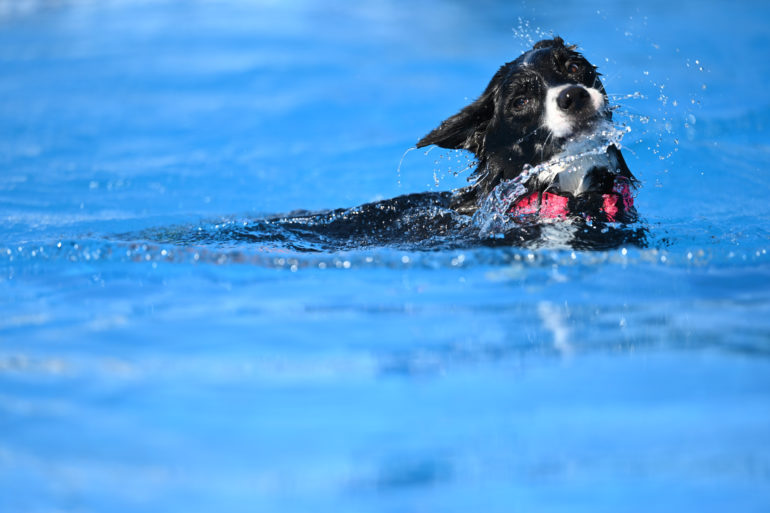
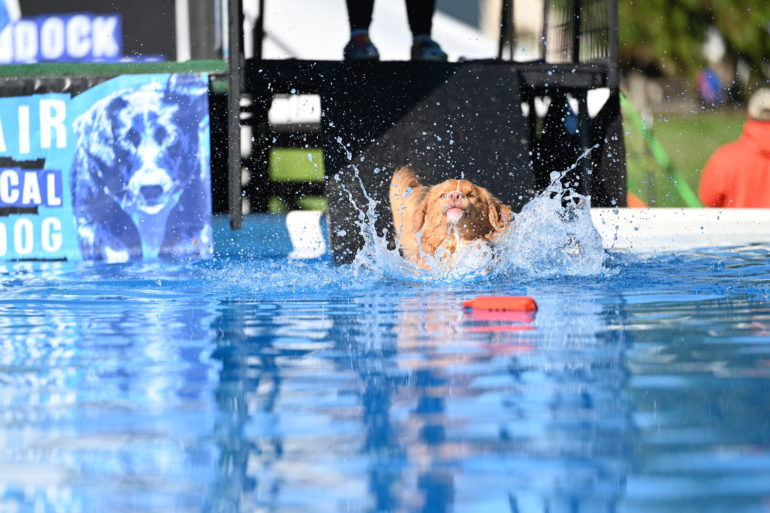
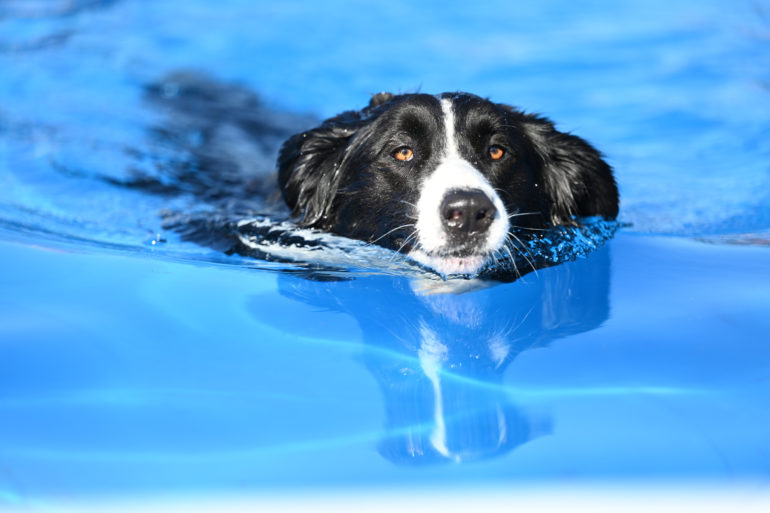
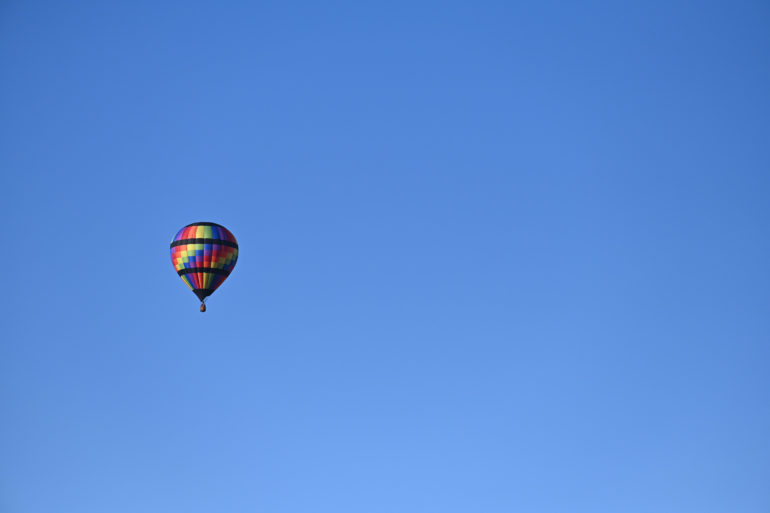

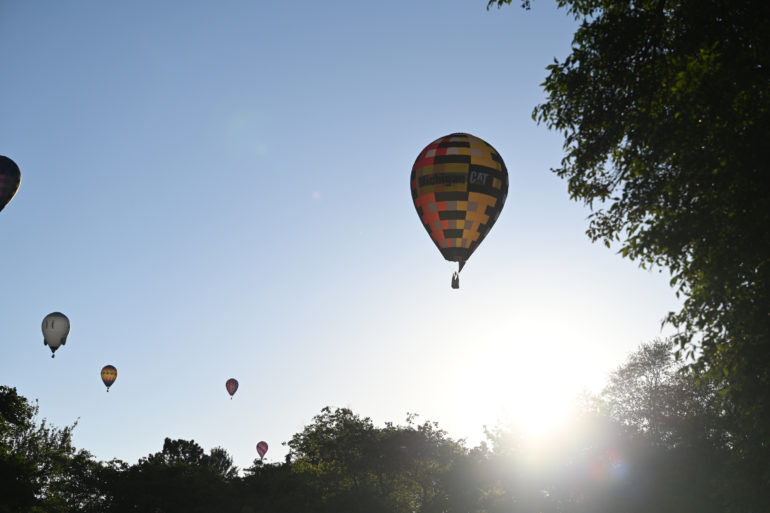
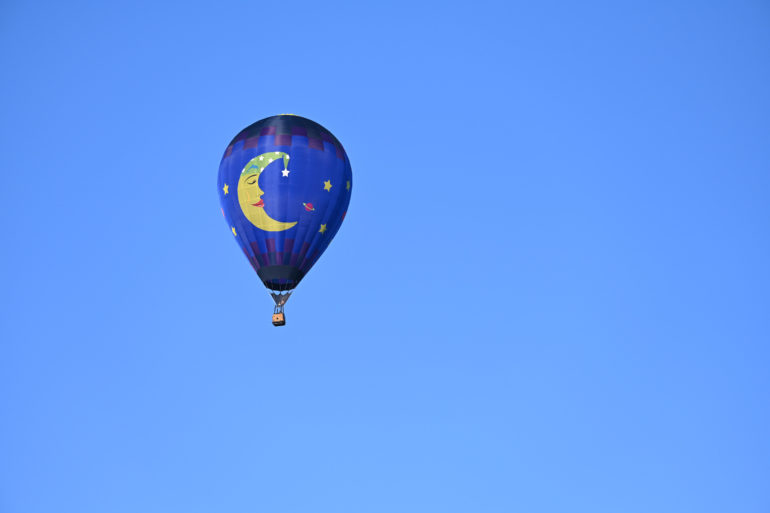
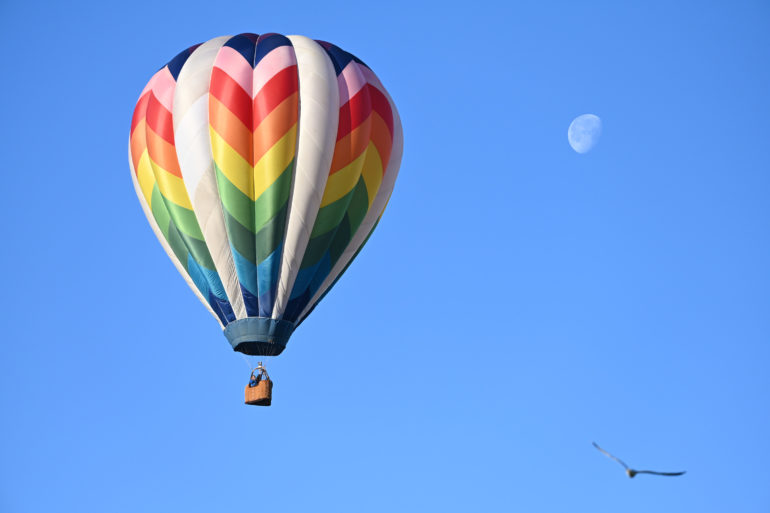
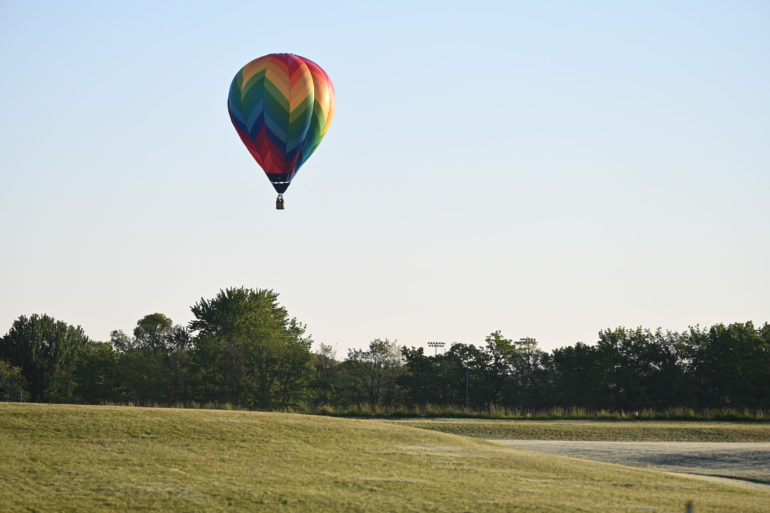
Conclusion
Likes
- The autofocus system is so much better than the first generation.
- The body is durable, weather-sealed, and feels great.
- The images are spectacular, with great color and dynamic range.
- In-body stabilization is a big help.
- The second generation finally has two card slots.
Dislikes
- The autofocus is good but still not the best in class.
- I had trouble with the eyepiece rubber blocking the viewfinder sensor, and I would prefer a no blackout viewfinder.
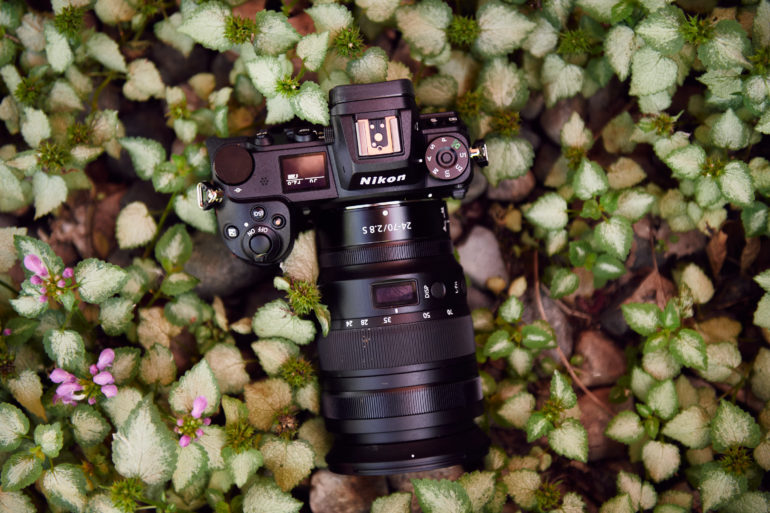
I bought the Nikon D850 after the original Z7 was announced. While great for tasks like portraits, the autofocus on the Z7 wasn’t ready to tackle the action in dim lighting that I regularly shoot as a wedding photographer. The second generation, with the latest firmware, is much improved. I used the Z7 II on a dark dance floor, and it did almost just as well as the D850. The photographs are excellent. And except for accidentally bumping the aperture dial often, the camera is superbly designed.
But, this is 2021, and there’s no shortage of great, full-frame mirrorless cameras. Canon’s Dual Pixel autofocus still has the edge in low light autofocus. Sony’s a7R IV, so many generations ahead, feels a bit more refined and innovative. I also think Nikon rushed a bit getting the Z7 II out. I was easily frustrated with the camera before updating the firmware to improve the autofocus performance and allow the camera to remember my last settings after powering it off. With stock limited, Nikon would have been better off delaying the launch for a few months to ship with the updated firmware already in place.
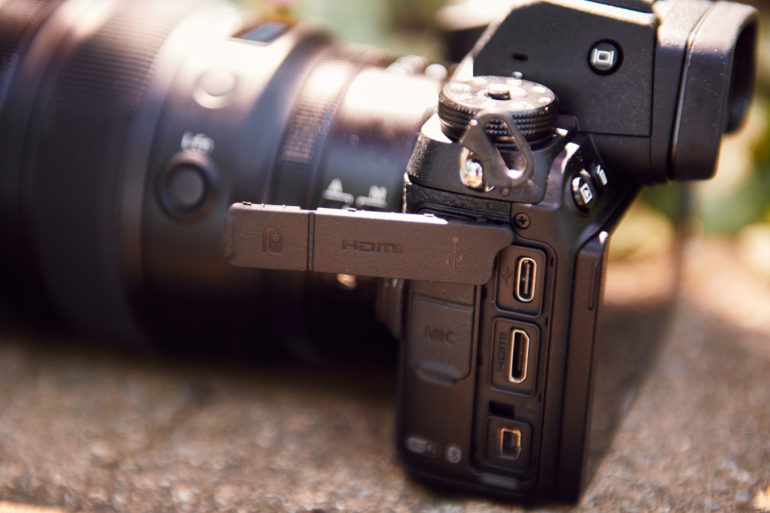
Is the Nikon Z7 II Worth it?
The Nikon Z7 II is a good camera, but whether or not it’s the best camera depends on your shooting style and what you photograph most. I prefer Canon’s autofocus system but don’t love the lenses quite as much as I love Nikon’s. I feel like Sony’s system is more refined, with a little bit better autofocusing and more innovative features. I prefer Fujifilm’s colors and recently switched over to the X-T4, but of course, Fujifilm doesn’t have a full-frame option.
Hands down, the best part of the Z system is the spectacular sharpness that comes from the lenses. To really make the Z7 II worth it, you should factor in a lens or two into your budget.
So, is the Nikon Z7 II worth it? The Z7 II is priced better than its competitors at just under $3,000. The Sony a7R IV is listed about $500 higher, and the Canon EOS R5 $900 higher. The Nikon Z7 II is worth considering for portraits, weddings, landscapes, and similar genres. I wouldn’t consider it for professional sports photography, and the Z system doesn’t really have a great super-telephoto for wildlife yet. But, to really make the Z7 II worth it, avoid recycling lots of F-mount lenses and at least get your most-used lens in the Z mount.

I’m giving the Nikon Z7 II four out of five stars. The camera comes in a couple of different configurations, which you can find on Amazon.


